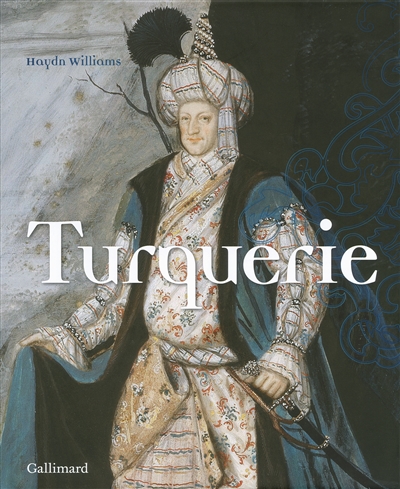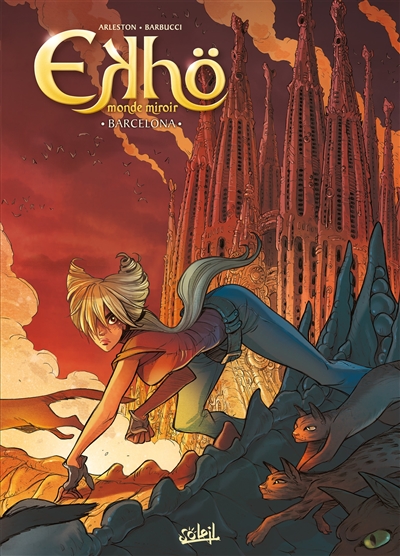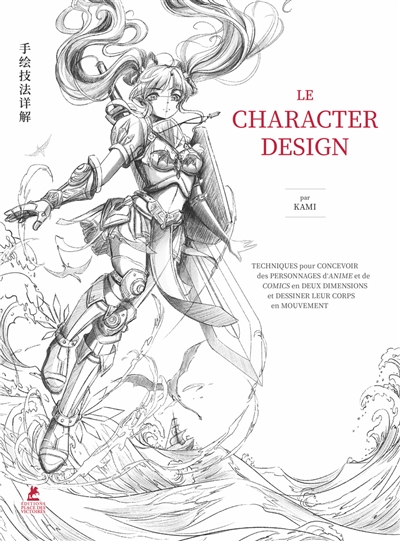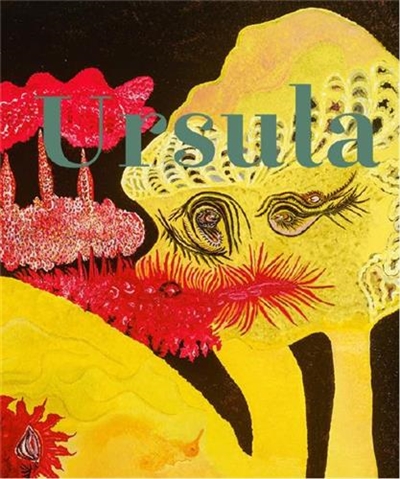par Williams, Haydn
Gallimard
2015 -
-
Disponible - A partir du 25 août 2025 - 704-5 WIL
Résumé : Au XVIIIe siècle, la fascination des Européens pour le monde ottoman se traduit par l'essor d'un phénomène esthétique, la turquerie, par lequel s'exprime la vision d'un Orient fantasmé. Les artistes de l'époque s'inspirent des récits de voyages ou d'oeuvres littéraires comme Les mille et une nuits tout en faisant preuve d'une grande liberté. Cet ouvrage retrace la genèse du genre artistique. ©Electre 2015

 Les bibliothèques de la ville de Paris
Les bibliothèques de la ville de Paris
 Les bibliothèques universitaires
Les bibliothèques universitaires
 La BnF
La BnF
 L'encyclopédie Wikipédia
L'encyclopédie Wikipédia
 L'Encyclopædia Universalis
L'Encyclopædia Universalis
 La bibliothèque du film
La bibliothèque du film
 La médiathèque de la Philharmonie de Paris
La médiathèque de la Philharmonie de Paris














